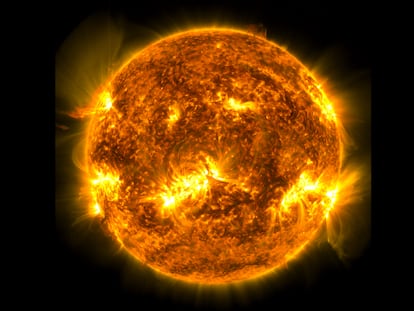
A ‘termination event’ sets off the solar peak with geomagnetic storms and unique aurora borealis
The Sun’s activity has increased in recent months, and the peak of its life cycle, previously expected in mid-2025, seems to have moved to this year

The Sun’s activity has increased in recent months, and the peak of its life cycle, previously expected in mid-2025, seems to have moved to this year
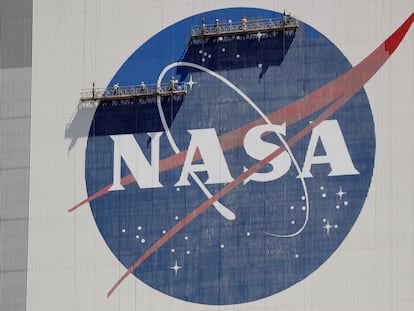
The space agency televised Wednesday’s four-hour meeting featuring an independent panel of experts. The team includes 16 scientists and other experts selected by NASA including retired astronaut Scott Kelly, the first American to spend nearly a year in space

The administrator of the U.S. space agency traveled to Madrid to sign the ‘Artemis’ agreements with Spain’s Minister of Science Diana Morant and meet with Prime Minister Pedro Sánchez

Beijing’s announcement comes amid against the background of a rivalry with the U.S. for reaching new milestones in outer space
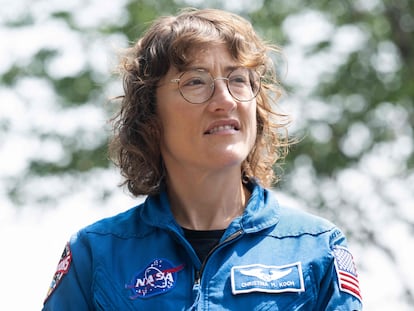
The NASA specialist, who holds the record as the longest-serving female astronaut in space, will also become the first woman to travel to the Moon on the Artemis 2 mission

NASA wants different landing options as it seeks to return astronauts to the moon decades after the Apollo program
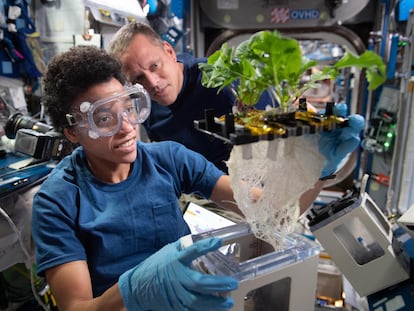
Thousands of precautions must be taken before taking food into space. However, the first space crops are already being grown, and the first restaurant to collaborate with NASA is Spanish
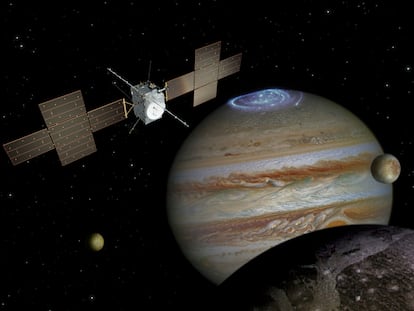
Escaping Earth’s gravity is difficult, but some basic laws of science make interplanetary travel possible
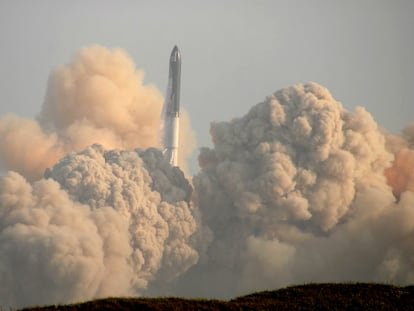
SpaceX engineers are facing a serious problem that will have an immediate impact on the U.S. space agency’s plans to send astronauts back to the Moon in 2025
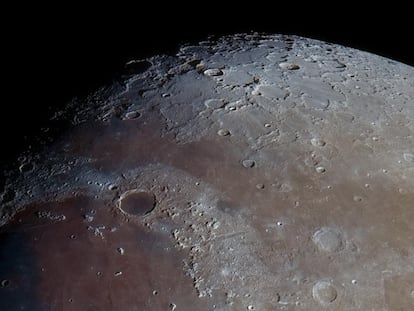
The Japanese probe ‘Hakuto-R’ is attempting a historic landing in the Atlas crater, within the unexplored Mare Frigoris
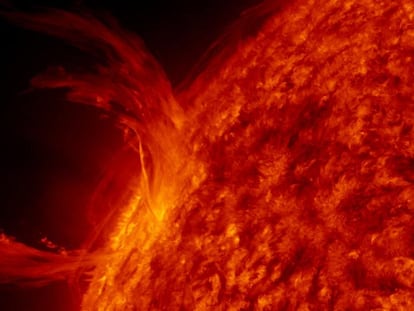
As questions abound about the Earth’s closest star, scientists are seeking answers critical to forecasting solar flares that threaten satellites and other electronics
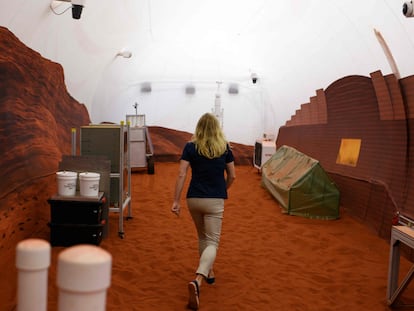
Four volunteers will isolate themselves in a chamber built by the US space agency to recreate the challenges that will be faced by the first manned expeditions
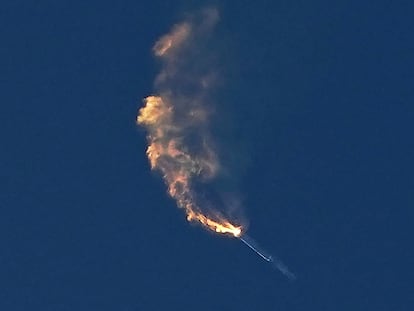
The powerful SpaceX spacecraft, capable of going to the Moon and Mars, exploded when its two modules attempted to separate

Using 50 different satellite estimates, researchers show in Thursday’s study that Greenland’s melt has gone into hyperdrive in the last few years

Dubbed Juice, the robotic explorer set off on an eight-year journey Friday from French Guiana in South America, launching atop an Ariane rocket

Planetary protection protocols aim to protect the rest of our Solar System from being contaminated by terrestrial life forms

In 2024, the pilot will become the first Black man in history to ever fly to the moon. He spoke with EL PAÍS about the importance of the Artemis II space mission
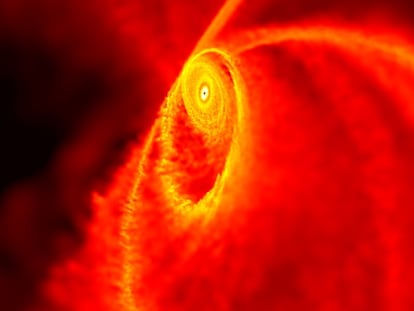
Scientists try to unravel the birth, growth and power of some of the most forceful yet difficult-to-detect objects in our universe

The man in charge of the new ship that will take astronauts to the Moon discusses the next manned missions to the Earth’s satellite and the possibility of people living there
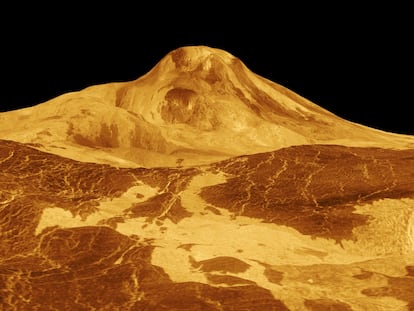
Radar images taken by a probe in 1991 suggest there was an eruption on the planet that was double that of Hawaii’s Kilauea volcano

The US agency and private company Axiom Space showed off the suit’s numerous features, which will help with exploration of the lunar south pole and, further down the line, Mars
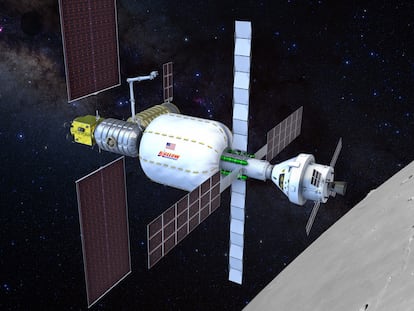
With nearly a quarter century of history behind it, the international space station probably won’t make it into the next decade
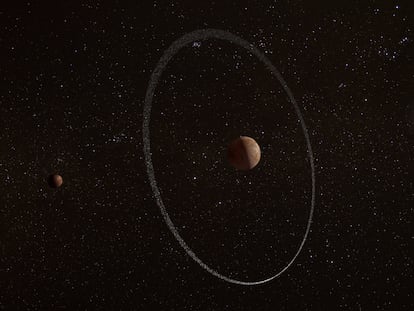
Astrophysicists say planetary rings are like tree growth rings and help us understand a planet’s history

Officials said the problem involved ground equipment used for loading the engine ignition fluid
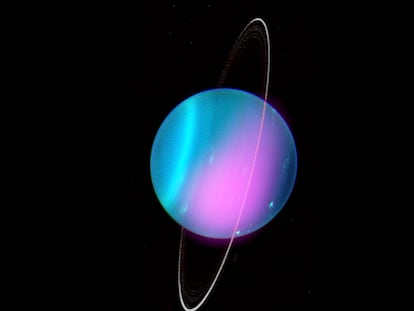
The US and Europe face the challenge of sending probes to the most unknown planet in the solar system by 2050
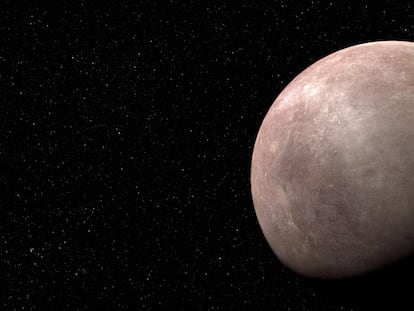
A new project known as the Habitable World Observatory aims to better understand near-Earth exoplanets and study those that could support life